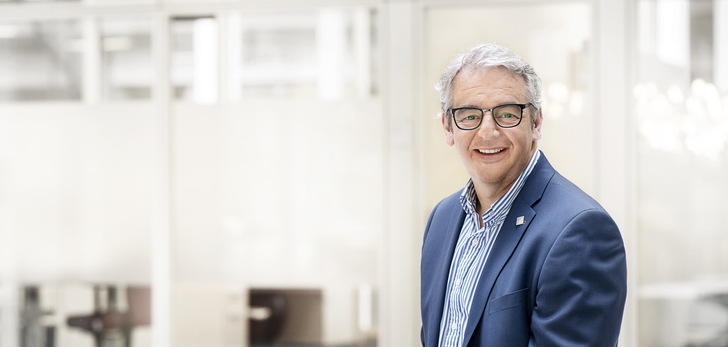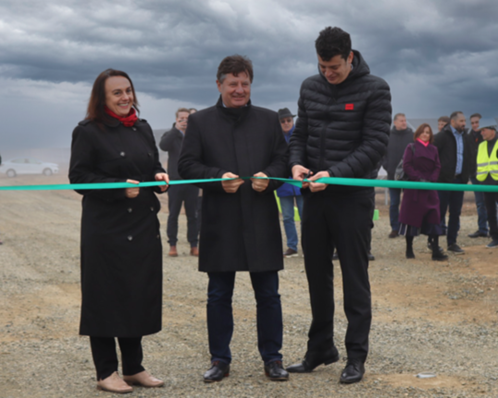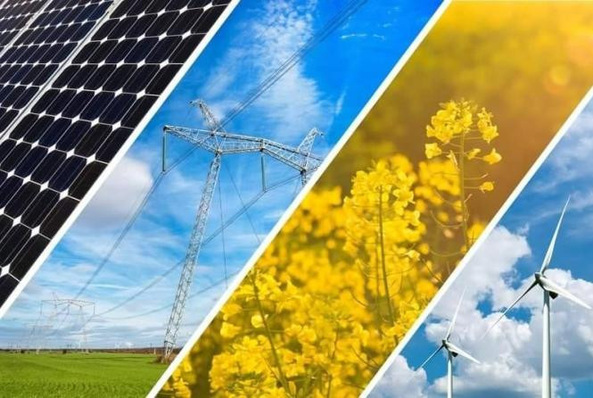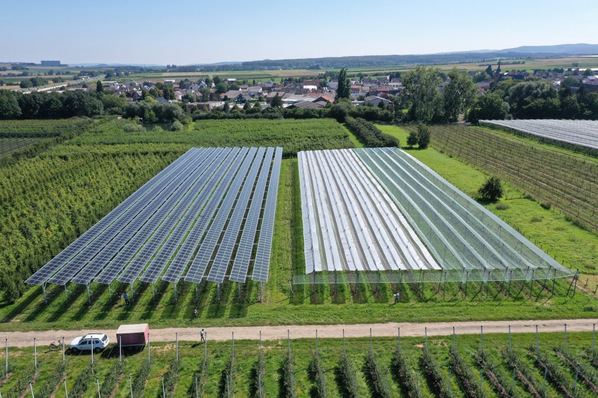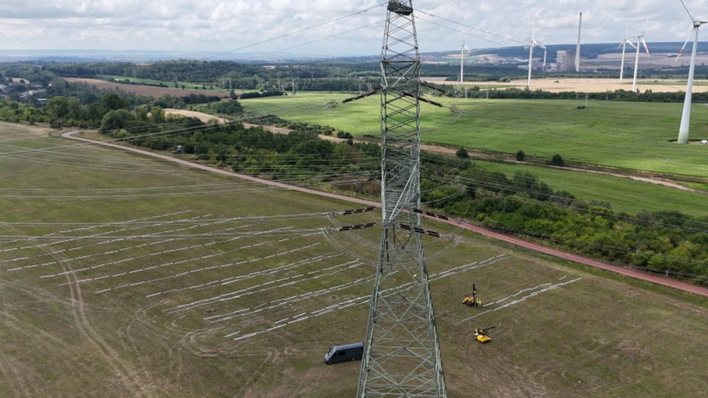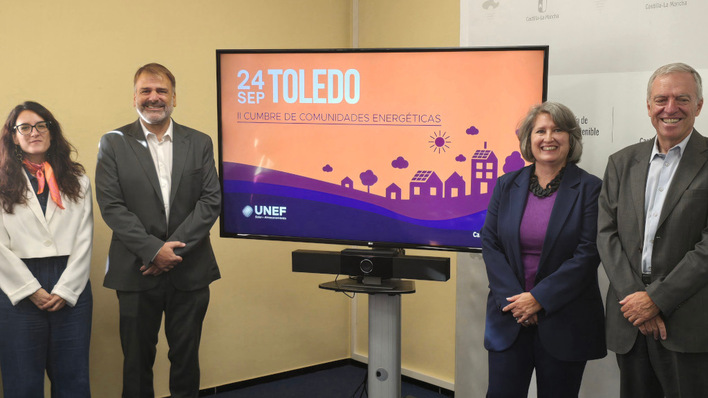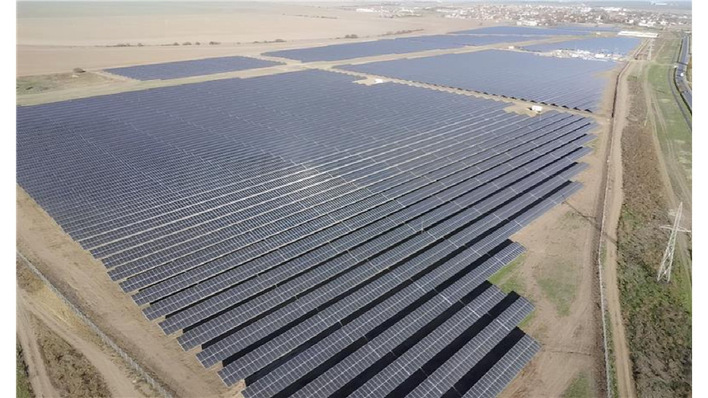Mr. Muders, in your view, the problem of land availability and the partial lack of acceptance for large solar parks in Germany is similar to that of onshore wind power?
It is important that local citizens also participate economically in the new decentralized renewable energy plants. This is where the municipal levy of 0.2 cents per kilowatt hour for all renewable energy projects, which is enshrined in the current EEG, comes into play. This feeds the benefit in the municipalities. In addition, there are trade income taxes from which municipalities also benefit. Both of these factors mean that municipalities now have a much more positive attitude toward wind and solar farms.
In addition, we see that because of the war in Ukraine, a completely different demand has arisen at the meta level. In any case, we are currently holding a whole series of positive talks with municipalities. It is also beneficial that we are a municipal project developer, talk to the municipalities at eye level and have good access. But it is true that the acceptance issues for the construction of new renewable energy parks increase with their size.
What can you do to promote acceptance and move things forward?
It is important that we act as partners, align our projects with the respective needs of the region, and work to convince people. Depending on local demand, direct financial citizen participation is also an option for renewable projects. I am also a strong advocate of decentralized generation wherever possible. We usually focus on solar parks in the lower double-digit megawatt range. I see PV parks in the mid-three-digit megawatt range as more of an exception in Germany.
How long does it currently take to realize wind and solar parks?
The first wind farm I built more than ten years ago took around three and a half years to complete. Today, it takes at least seven years. In the case of ground-mounted photovoltaic systems, it used to take around two and a half years to implement projects from the initial idea to completion. Today, it's usually four years. Significantly more avifauna analyses and expert opinions are required. And smaller communities in particular are not necessarily broadly staffed. There is also a lack of standards, digitization, and continuing education for permitting authorities. We urgently need a digital permitting platform instead of still driving around with VW buses.
Are you confident that these hurdles can be removed in the near future, as envisaged in the coalition agreement signed by the coalition government?
The new federal government leaves me speechless with the speed and will with which it is initiating many things. I simply have to applaud it. Laws are being written and formulated and declarations of intent are being made that are the guiding corridor for us. This has never been as positive as it is at the moment. But that doesn't change the reality outside. We still have the same number of employees in the authorities, we still have the same processes, we also have only a certain number of craftsmen. We already have the situation where partner companies tell me we can't make it anymore, we can't build a certain number of plants. These are bottlenecks that we can't solve overnight.
Due to the current geopolitical situation and the supply bottlenecks, the costs for components and materials are also rising. How are you dealing with this?
We've seen steel prices double in the last ten weeks, and that's not very sexy for a wind farm project with tubular steel towers. In addition, we have a cost squeeze with wind turbine manufacturers. We have to find a compromise with them so that we don't drop the project and at the same time bear some of these additional costs ourselves. In addition, we have an increase in interest rates. This makes it very difficult overall to balance project management. In a current project, our costing was good at the beginning of the project, and it was until two months ago. And now it's borderline. We still want to implement it. But we have to track it very closely and manage it so that it doesn't become even more expensive now. But I'm afraid I can't tell you how things will look in six months. It's possible that our project pipeline will remain in the drawer for the time being.
How big is your pipeline for wind and photovoltaic projects at the moment? How much did you build last year and what do you expect for the current year?
We currently have over 1000 megawatts (MW) of photovoltaic and over 1000 MW of onshore wind projects in development. Last year, we implemented about 45 MW of wind and about 90 MW of photovoltaics. In PV, we aim to increase by 30 percent this year.
Agri-photovoltaics, i.e. the combination of electricity generation and agricultural production, is often promoted as the ideal solution for land-saving PV. How do you see it?
Agri-PV is too complicated in parts. We have to determine crop rotation because shading is built up on an area. If investors run the plant, the problem of damaging the modules/plant as a result of agricultural use, such as tractors, may arise. In that case, I'd rather have sheep running around than tractors going back and forth between my modules. If you erect modules above crops at a great height, you need different statics, you need much more steel per megawatt. We also need a lot more surface area in total. So it's going to be much more expensive, there's a lot more to coordinate, and we have a larger footprint. I don't think that's the ideal way to go.
How do you actually assess the possibilities of increasing biodiversity through solar parks? There are quite a few promising examples and studies on this?
Almost every solar park has a higher value soil substance with the construction of the solar field than with intensive agricultural use. Usually, with the construction of the plant, the cultivation of the field with flower meadows is started and the soil is left to itself again. We have more bees and insects in many places, we also conclude appropriate cooperations, we are involved in the area, for example, in the Federal Association of the New Energy Industry (bne) and have committed ourselves to "good planning" here.
The interview was conducted by Hans-Christoph Neidlein
Did you miss that? Trianel builds 80 megawatts of photovoltaic capacity in the Bitburg region


